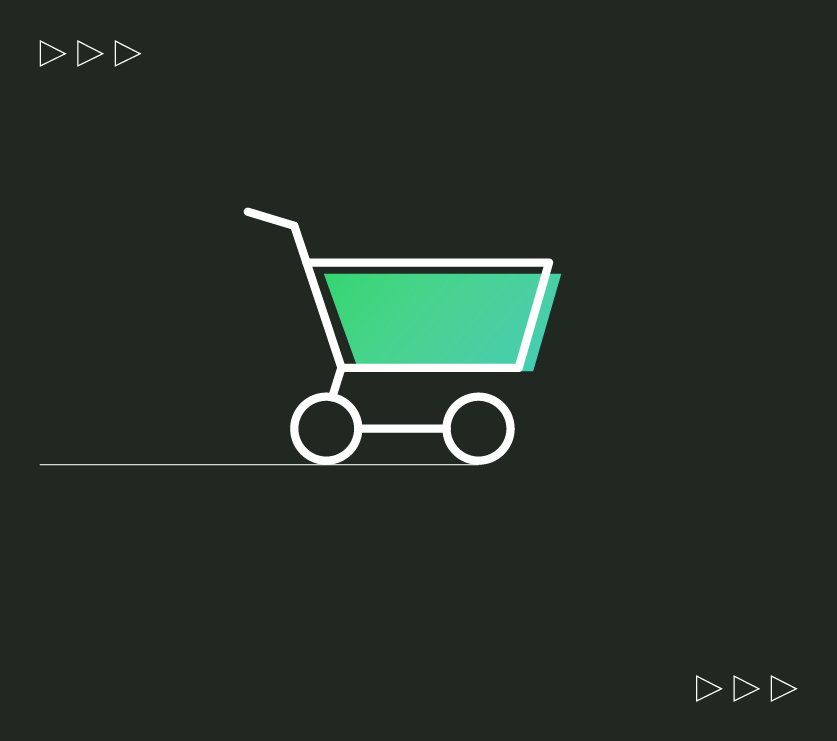The MERGE retail group attended NRF 2021: Retail’s Big Show “Chapter 1,” which brought the world’s largest retail conference and expo together through a new virtual platform, allowing retail movers, shakers and industry makers to learn and network with peers. The conference, like other retail events this year, focused on the effects that COVID-19 has made on both online and brick-and-mortar retail.
Three major underlying topics were discussed throughout the virtual conference that our team found very relevant in how brands and retailers have responded to the global pandemic.
1. The pandemic has accelerated retail's roadmap significantly. In order to adapt to how customers want to shop, many retailers have had to implement technologies and systems that weren't on their immediate priority list (think BOPUIS, curbside, increased e-commerce footprint/capabilities).
2. The traditional roles of retail jobs have shifted. Now they are not only responsible for selling/assisting the customer, but also for customer service, last mile fulfillment and outbound marketing.
3. Brick and mortar will not go away. Traditional retail will continue to evolve to meet customers in the way that they want to shop. The omnichannel shopper experience had to be implemented quickly and seamlessly in many retailers, and for as many years as we've been talking about it, it's finally (mostly) here.
“The pandemic pulled the future forward. Where retailers thought they would be in 2030, they had to adapt and get there today.”
Kelly Bishop, VP, Account Leader
The bottom line, as retailers continue to evolve post COVID, consumers are going to witness a mirroring effect between the digital and physical customer journey. Retailers are going to continue to develop ways to surprise and delight customers and create new ways of creating digital environments that simulate the physical environment. Likewise, brick-and-mortar retail will continue to adapt new ways to access online information for product education, comparison shopping and availability. The end result for the customer will be a much more synchronized shopping experience that can be accessed in a multitude of ways.
